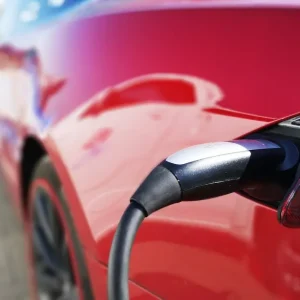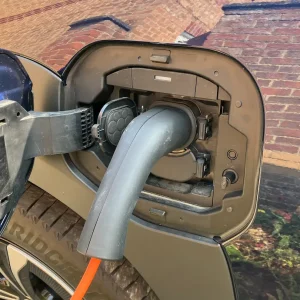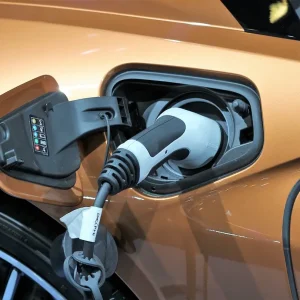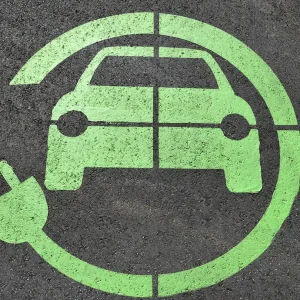UK fleet registrations increased by 8.7% in 2014 to 1.178 million units, according to the Society of Motor Manufacturers and Traders full year new car registrations results.
The new car market put the UK recession firmly in its rear view mirror in 2014 as the overall market increased by 9.3% to 2.47 million units, the highest output of new car registrations in a full year since 2004.
Business sales were responsible for over 52% of all new registrations last year.
Figures from the British Vehicle Rental and Leasing Association (BVRLA) back these statistics up, showing that the fleet leasing sector also had a good year.
BVRLA chief executive Gerry Keaney said: “New fleet registrations hit a seven-year high, up nearly 9% on 2013, and we saw consistent growth in the fleet leasing sector, with volumes up around 6%.
“We expect to see a further, steady increase in new leasing volumes this year.
“Demand for vehicle finance continues to grow – particularly from consumers, SMEs and salary sacrifice customers.”
Mike Hawes, SMMT chief executive, said, “UK new car registrations returned to pre-recession levels in 2014, as pent-up demand from the recession years combined with confidence in the economy saw consumer demand for the latest models grow consistently and strongly.
“The year was particularly strong for alternatively-fuelled vehicles as increased choice, coupled with a growing desire for reduced costs and greater efficiency, resulted in a quadrupling of plug-in car registrations over 2013. With a variety of new plug-in models expected in 2015, this area of the market will continue to grow significantly. For the market as a whole, we expect a more stable 2015 as demand levels off.”
The private market led growth last year, just ahead of the fleet market with growth of 9.8%.
The performance from the UK makes it the second largest market in Europe (behind Germany and ahead of France, Italy and Spain).
Top 10 most registered new cars in 2014
- Ford Fiesta 131,254
- Ford Focus 85,140
- Vauxhall Corsa 81,783
- Volkswagen Golf 73,880
- Vauxhall Astra 59,689
- Nissan Qashqai 49,909
- Volkswagen Polo 48,004
- Audi A3 45,581
- Fiat 500 44,005
- Nissan Juke 39,263
Phil Harrold, automotive partner at PwC, said: “Looking deeper into the figures, it’s interesting to see the polarisation occurring in the market with the continuing rise of the superminis and the move away from medium-sized family vehicles to crossovers which offer lots of space and practicality. We expect this trend to continue in 2015.
“The other striking trend is the rise in Ultra Low Emission Vehicles (ULEVs), particularly the rise in petrol and diesel hybrids. While the initial outlay to buy hybrids can be quite high, car buyers are being attracted by their low operating costs. That said, there is still not enough long-term user data available to accurately predict the lifecycle of the batteries in ULEVs. The industry expects that replacing the battery could be required after three or four years and with replacement potentially costing in the low thousands of pounds, this could come as a shock to some consumers.”
Harrold said the performance in 2015 was hard to call due to the General Election in May and a potential interest rate rise.
John Leech, head of automotive for KPMG in the UK, said: “The growth [in 2014] has been fuelled principally by cheap loans and strengthening consumer confidence.
“Recently Sterling has been appreciating against the Euro which should see new car prices fall in early 2015 and I expect the demand for mass-market new cars to plateau into 2015.”





